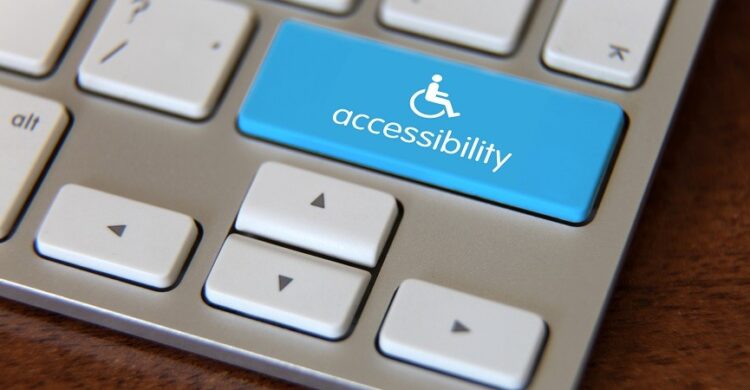
We design websites that are accessible to everyone by complying with section 508 and WCAG guidelines. Our goal is to empower all people to participate fully on the web, and we’re making progress. Websites and software development need to be designed with accessibility in mind from the start in order to provide an enhanced experience for all users.
This includes designing for users who are blind or have low vision, deaf or hard of hearing, have limited movement, or are otherwise disabled. We follow the Section 508 standards and the WCAG guidelines to make sure digital content is available to everyone.
Accessibility is important for both web and software development and our team have the great industry experience to make digital products reachable We believe that everyone should have the same access to information and functionality, and we’re committed to making that happen.
Be Accessible
Enhance your target market.
Wider Audience
Reach out to more audiences.
Better Results
More audience quals to more revenue.

Basic accessibility standard
There are a few different standards of accessibility that your site may need to meet. The two most common standards are WCAG 2.0 and section 508.
WCAG 2.0 is the latest standard for web accessibility, and it provides a more comprehensive set of guidelines for making your site accessible.
Section 508 is a US federal law that requires all electronic and information technology to be accessible to people with disabilities. This includes websites, software, hardware, and any other type of technology.
Top 10 Accessibility Tips
- Use accessible fonts and colors.
- Make sure all images have alternate text descriptions.
- Use headings and lists to organize your content.
- Use clear and concise language.
- Make sure all links are properly formatted.
- Use multimedia sparingly.
- Avoid using pop-ups.
- Test your site regularly to ensure accessibility.
- Keep your site updated with the latest accessibility standards.
- Always be willing to learn more about accessibility.


